Palmetto Bluff Real Estate Company Sales Office
Office Hours
Monday-Friday 9am - 5pm
Saturday 9am - 4pm
Sunday 12 - 4pm
Saturday 9am - 4pm
Sunday 12 - 4pm
Traditions are a staple of the holiday season.
For example, my mom and her mother covertly gift my great-great-aunt’s old shopping bag back and forth, which my grandmother also did with her mother. Some traditions are carried on for generations; others begin with the start of a new family; some are lost to time, and others evolve into something entirely new. The Audubon Christmas Bird Count is a 100-plus-year-old holiday tradition that evolved from another bird-related event that may be considered ill-favored by some today.
The original tradition took place prior to the 20th century and was known as the “Side Hunt.” Men would gather on Christmas Day and pick teams. These teams would then set out to see who could shoot the most birds in a day, with the victors earning bragging rights over the losing teams. As people became more environmentally conscious, they began to look at traditions like the Side Hunt with a discerning eye. However, telling someone they can no longer participate in a long-standing family tradition is not commonly met with a positive response. Around this time, Frank M. Chapman, an officer of the budding Audubon Society, proposed a would count birds rather than shoot them. The first count began in 1900 with 27 participants and concluded with 90 species observed. Over time, the Side Hunt was forgotten, and the Christmas Bird Count became the new tradition. And at over 100 years old, it shows no sign of halting.
Why is this census important? How does a bird-counting tradition help the environment? These are great questions, and the simple answer is that these annual surveys monitor ecosystem health. Birds are an integral part of many ecosystems, and the decline of bird populations can result in the degradation of those natural spaces. Every bird has an environmental role that it plays, and its loss can cause an imbalance in that habitat. The data collected from the Audubon Christmas Bird Count allows researchers, conservation biologists, land managers, and organizations such as the Palmetto Bluff Conservancy to study and manage the long-term health and status of bird populations.
For Palmetto Bluff, these counts have been a valuable source of information since 1992, and the Conservancy continues this tradition today. Because of the Christmas Bird Count, along with other surveys, we have been able to assess the status of bird populations on the Bluff over time as well as make comparisons with the rest of Bluffton and Hilton Head. This has shown us how important Palmetto Bluff is for bird diversity in our area. For example, we can note that while the abundance of ducks in Bluffton and Hilton Head has decreased, Palmetto Bluff’s Duck Pond has been a reliable place to find wintering waterfowl. We have also documented Black-Bellied Whistling-Ducks, a Midwest species that has been expanding into Beaufort County. This observation begs the question of whether we should manage for this new waterfowl species and how we would go about doing so.
Aside from ducks, there are a lot of species that use Palmetto Bluff as a winter retreat. Our winter months are a great time of year for birding in Beaufort County, especially when you are trying to improve your bird identification skills. You can practice identifying birds that are here year-round, such as northern cardinals, Carolina chickadees, and red-winged blackbirds, but you can also look out over the May River and possibly see a common loon diving for fish among hooded mergansers and double-crested cormorants.
There is another winter visitor that is seen in the thousands during the Christmas Bird Count. Yellow-rumped warblers, fondly called butter butts, can be seen all over Beaufort County. While there are differences in their plumage, you can always rely on the bright yellow spot on their rear end that looks like a dab of butter, hence the adorable nickname. They are a great bird on which to practice your bird identification skills. However, we often have plenty of unique and rare sightings during the winter. Sandhill cranes, red-breasted nuthatches, pine siskins, and more beautiful birds grace our area either as a winter retreat or simply to pass through during the journey to their overwintering grounds.
“Okay, you’ve convinced me. I want to participate in the bird count! However, my knee just doesn’t let me walk around like I used to. How could I help during the bird count?” Well, that can be answered with one simple question: Do you have a bird feeder in your backyard? If you answered “yes,” then you are ready to go! The Christmas Bird Count does not require that you trek multiple miles to be able to participate. In fact, roughly one-third of the Bird Count participants in Bluffton and Hilton Head simply watch feeders in their backyard. The people who count birds in their yards are just as important as those that are walking, driving, or boating to find birds.
Increased involvement in the Christmas Bird Count strengthens the tradition, and being a part of this wide-scale project benefits birds throughout our country. The 2018 count had over 76,000 participants who saw almost 60 million individual birds. Everyone who participates in the Christmas Bird Count gives us a better chance to identify and protect the birds that call the Lowcountry home. Will you join the flock this winter?
About John James Audubon
Known as America’s dominant wildlife artist, John James Audubon (1785–1851) was an ornithologist, naturalist, and painter. Known for his extensive studies documenting several species of American birds and for his detailed illustrations that depicted the birds in their natural habitats, his influential Birds of America is considered one of the finest ornithological works ever completed. A collection of 435 life-sized watercolors of North American birds, Birds of America is considered to be the epitome of wildlife illustration.
Born in Haiti in 1785 to a French sea captain, John James Audubon took an active interest in birds and wildlife at a very young age. Upon his arrival in America at the age of 18, he continued studying and drawing birds and later conducted the first known attempt at bird-banding in North America. Tying strings around the legs of eastern phoebes, he learned that the birds returned to the same nesting sites each year.
After a brief stint as a businessman, Audubon returned to his love of birds. Floating down the Mississippi River with nothing but a gun and his art supplies, he set off on an adventure in the wilderness to depict America’s birds. His journey ended in England, where his Birds of America portraits were printed—making him an overnight success.
A keen observer of birds and nature, Audubon was also an avid hunter with a deep appreciation and concern for conservation. His later writings raised awareness about the destruction of bird habitats, so it is fitting that his name and legacy carry on today. While he had no role in the creation of the National Audubon Society, there is a connection. The aptly named George Bird Grinnell, American anthropologist, historian, naturalist, and writer, was tutored by Lucy Audubon, John’s widow. Knowing Audubon’s reputation, he chose his name as the inspiration for the organization’s earliest work to protect birds and their habitats. In 1886, he founded the first Audubon Society in New York—a forerunner of the National Audubon Society.
Today, the name Audubon is synonymous with birds and bird conservation all over the world. The National Audubon Society protects birds and their habitats throughout the Americas using science, advocacy, education, and on-the-ground conservation. With 23 state programs, 41 Audubon nature centers, and nearly 500 local chapters and partners, the organization is dedicated to informing, inspiring, and uniting diverse communities in conservation action.

Palmetto Bluff’s Moreland Village feels a world away from the more traditional architecture of the iconi...
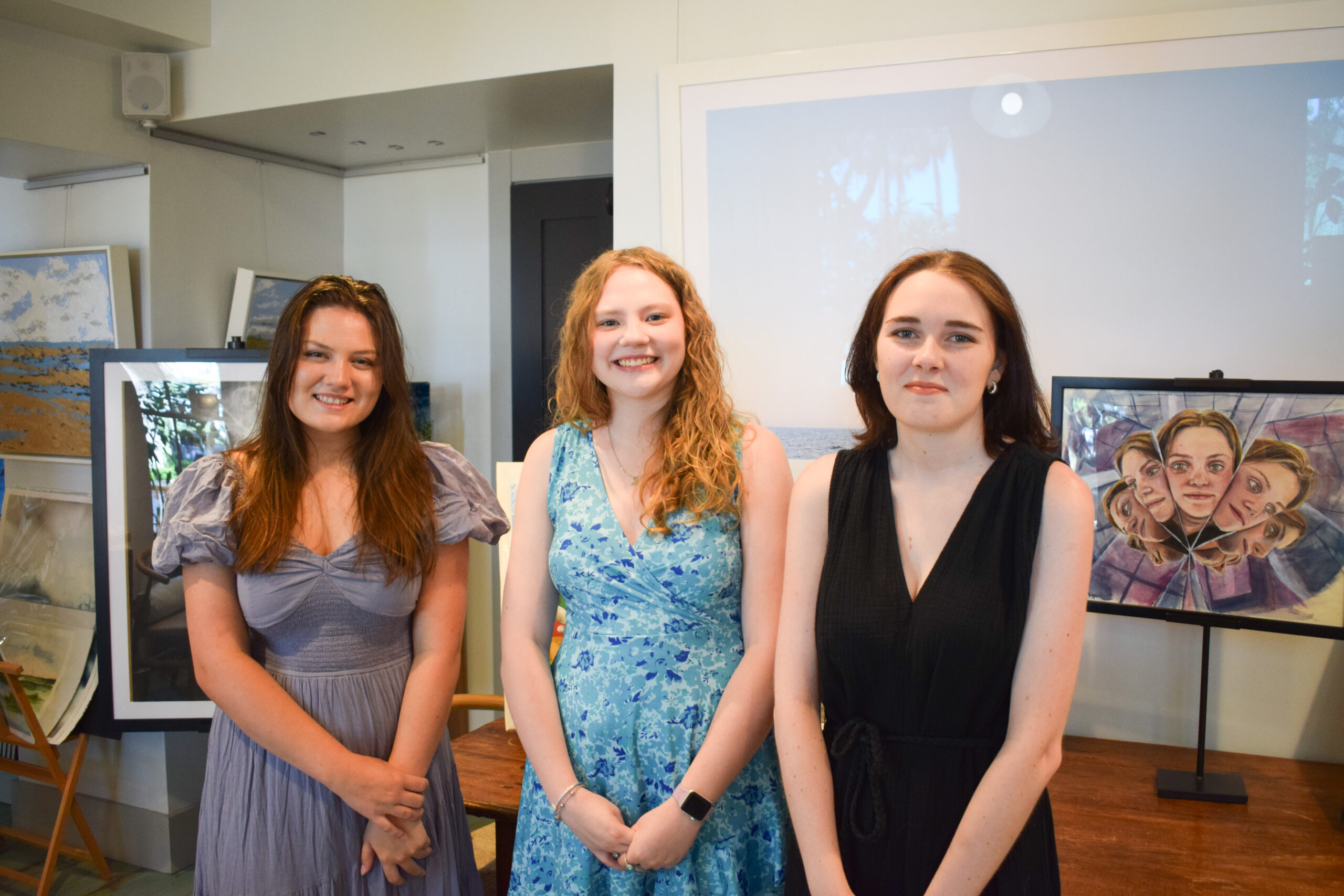
We are thrilled to introduce the inaugural winners of the Inspiring the Arts Scholarship—three extraordinary young women pursuing their artistic dreams through higher education! Katherine Donahue has been named our first official scholarship recipient, wit...
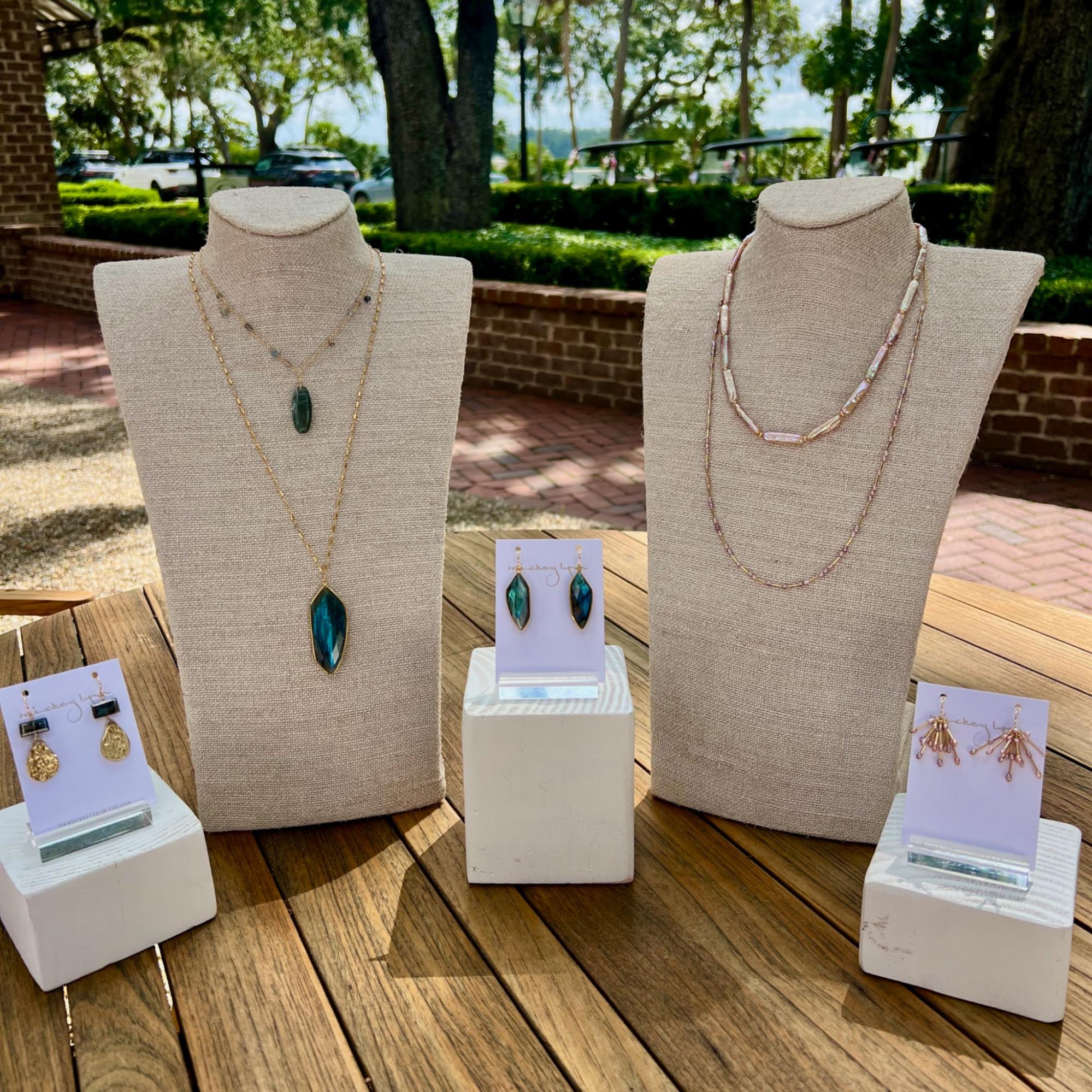
From handmade jewelry to performance wear, the latest arrivals at Palmetto Bluff’s retail spots capture the season in true Lowcountry style. This summer, the Bluff’s shops are full of fresh finds, carefully chosen by our trusted retailers—including FLOW Galler...
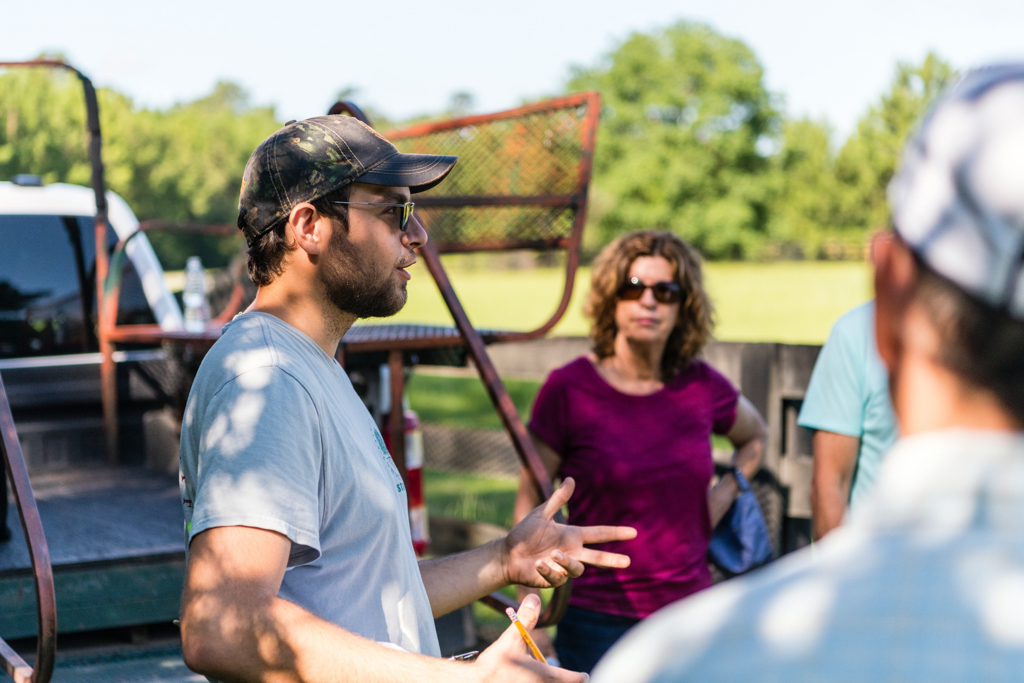
Citizen Science is Thriving at Palmetto BluffDid you know that residents of Palmetto Bluff are playing a vital role in national and global conservation efforts—all from their backyard?Through the Palmetto Bluff Conservancy’s growing Citizen Science programs, c...

In October 2024, Grammy Award-winning musician Clay Ross visited Palmetto Bluff as part of The Arts Initiative's Artist in Residence Program. Through storytelling and song, he explores identity, heritage, and the universal language of sound. By Barry Kaufman ...
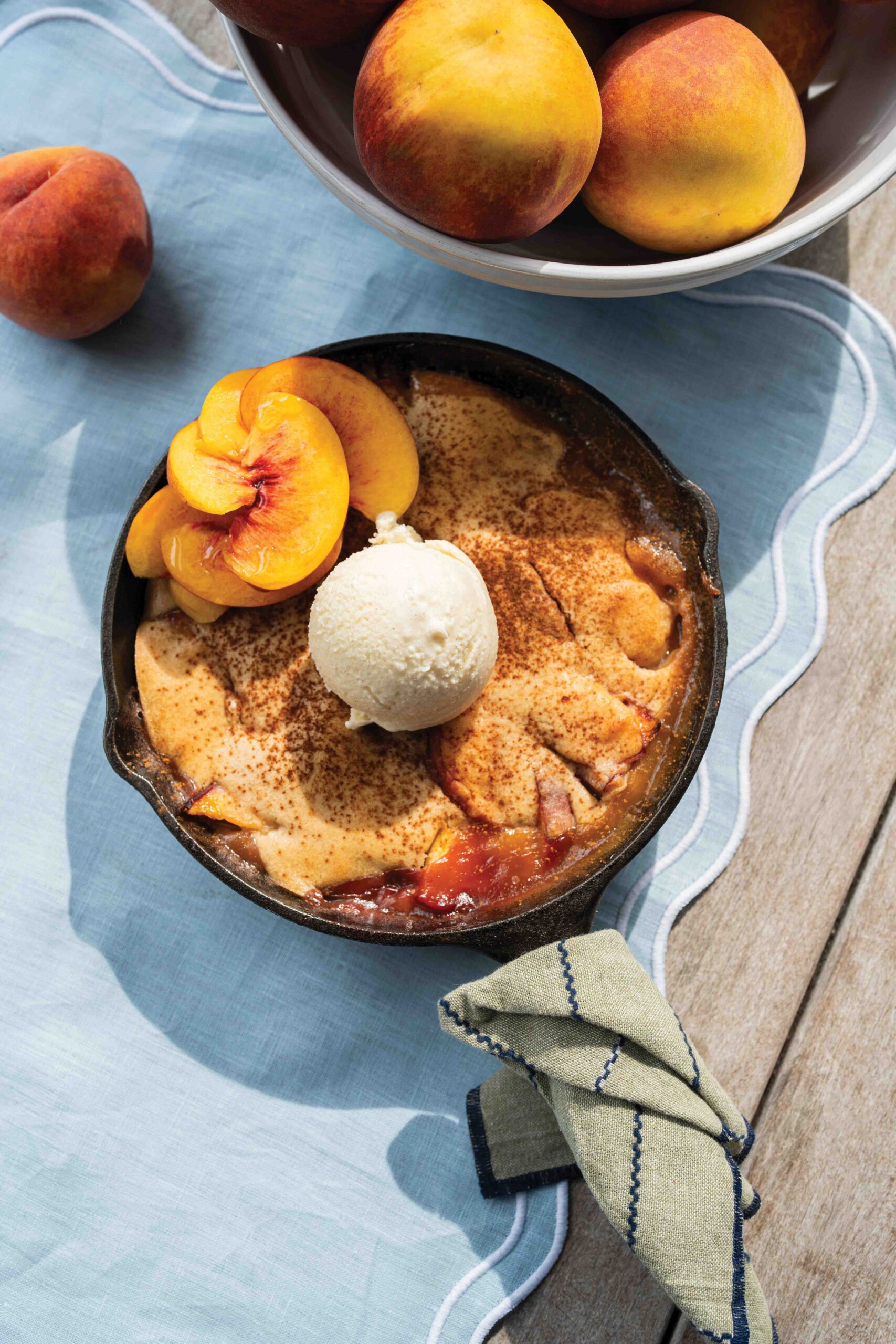
Palmetto Bluff Club Executive Chef Beth Cosgrove and Director of Culinary, Chef Rhy Waddington, Cook Up Four Peachy Recipes for a Summer in the South. Is there anything more iconic than a southern peach? A symbol of summer and Southern heritage, the peach car...
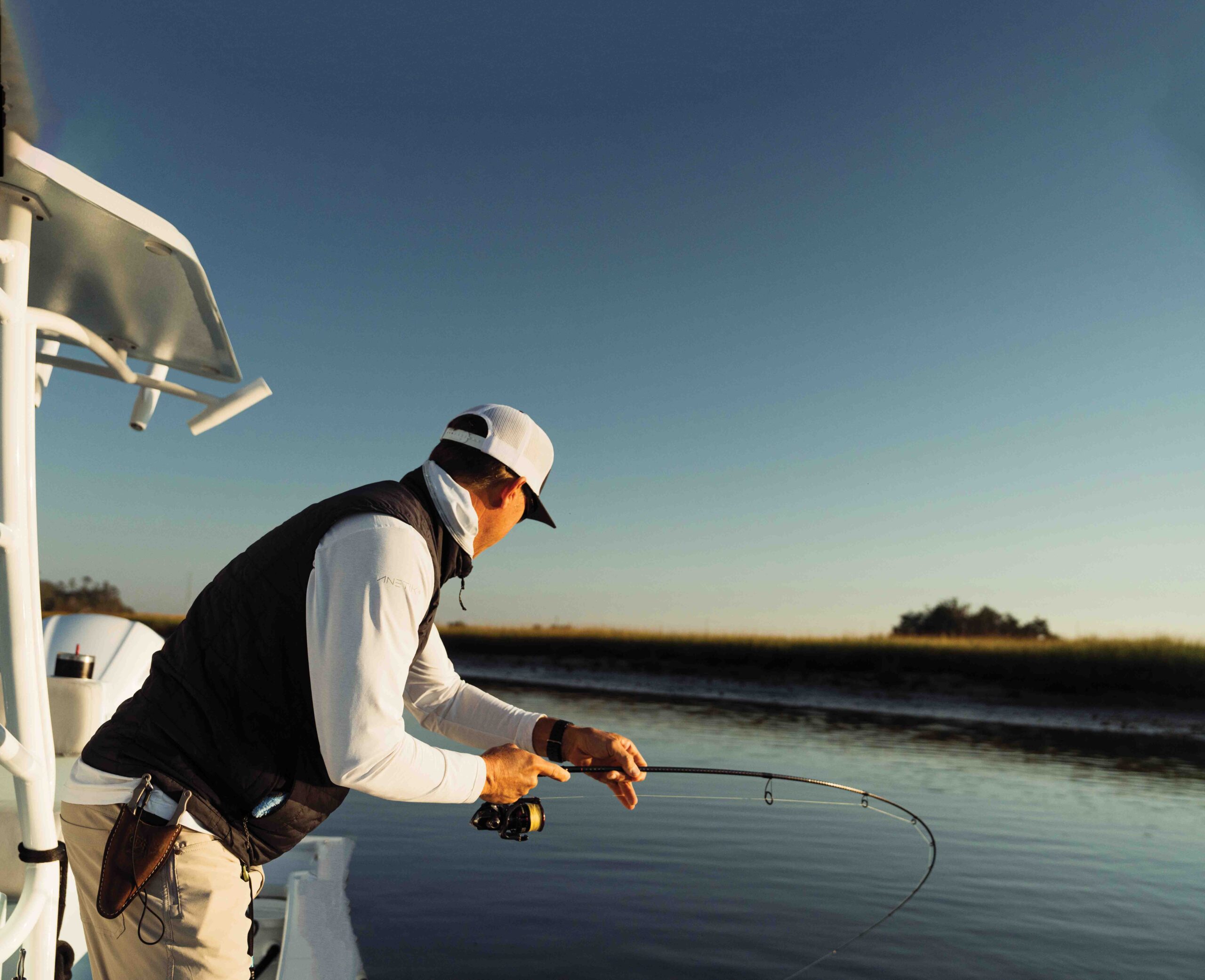
Following the tides and angling for redfish in Lowcountry creeks and estuaries with Captains Brian Vaughn and Will Stephens Story by Sandy Lang It is a sunny morning in October and the water is calm and glassy. The silence is punctuated by a gush of breath f...
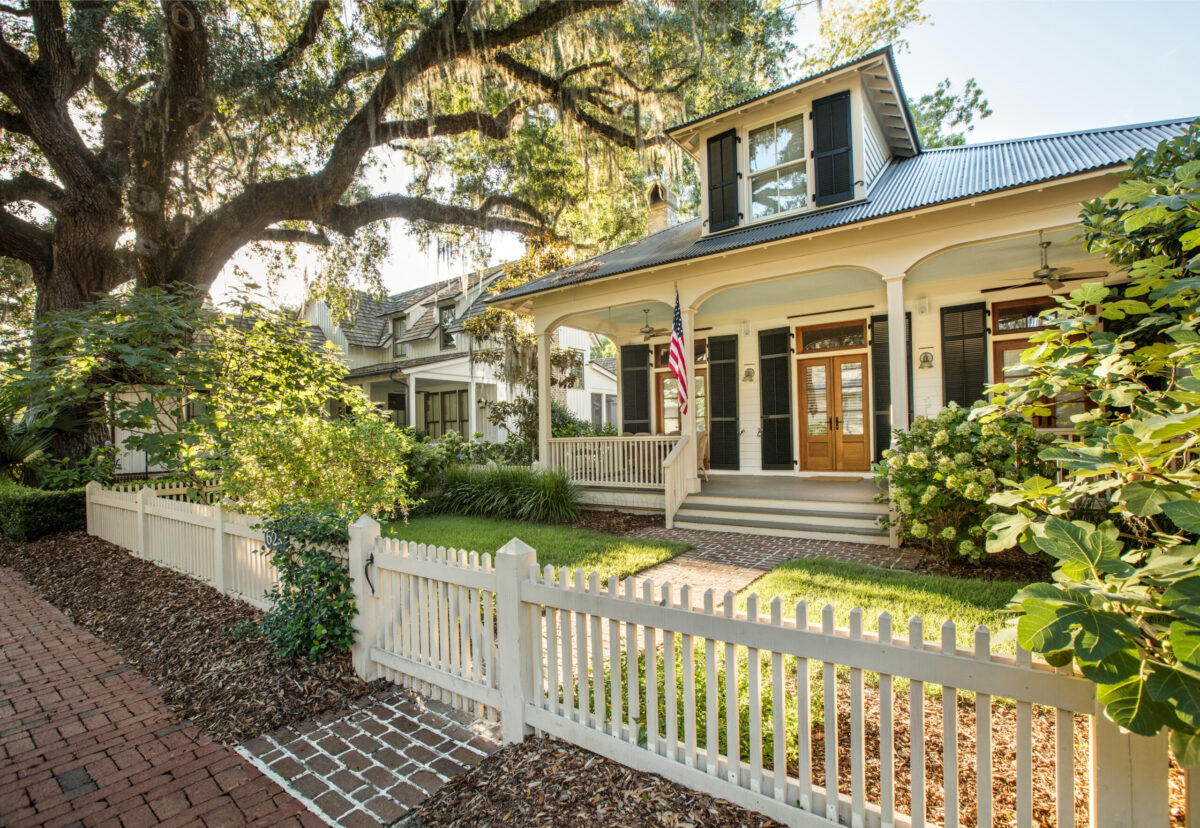
7 Ways To Upkeep Your Palmetto Bluff Home As spring arrives in the Lowcountry, the change in season brings more than blooming marshlands and sun-drenched afternoons; it’s also a perfect time to refresh and care for your Palmetto Bluff home. Coastal living mea...

When the land speaks, you listen. And at Palmetto Bluff, it spoke to two of golf’s most legendary course designers—Bill Coore and Ben Crenshaw. We invite you to watch our newest video, shot this past winter and featuring Bill and Ben, along with South Street P...
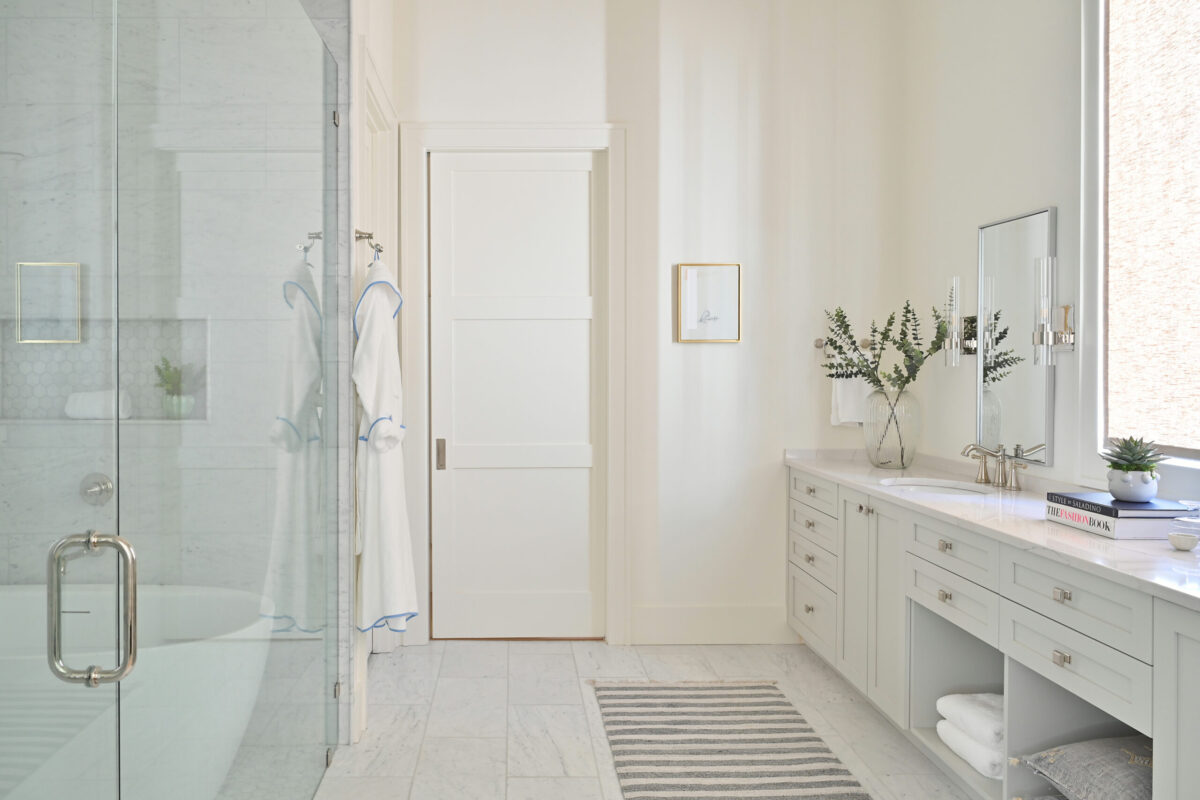
5 Renovations to Increase the Value of Your Lowcountry Home Whether Palmetto Bluff is your full-time residence or a cherished retreat, deciding to sell is never a quick or casual choice. However, when the time does come, you want your home to be as market-rea...
Learn about the Palmetto Bluff Conservancy and how we keep the vision of our land in place.
On land or water, there is an ever-evolving variety of activities.
We do not attempt to independently verify the currency, completeness, accuracy or authenticity of the data contained herein. All area measurements and calculations are approximate and should be independently verified. Data may be subject to transcription and transmission errors. Accordingly, the data is provided on an “as is” “as available” basis only and may not reflect all real estate activity in the market”. © [2023] REsides, Inc. All rights reserved. Certain information contained herein is derived from information, which is the licensed property of, and copyrighted by, REsides, Inc.